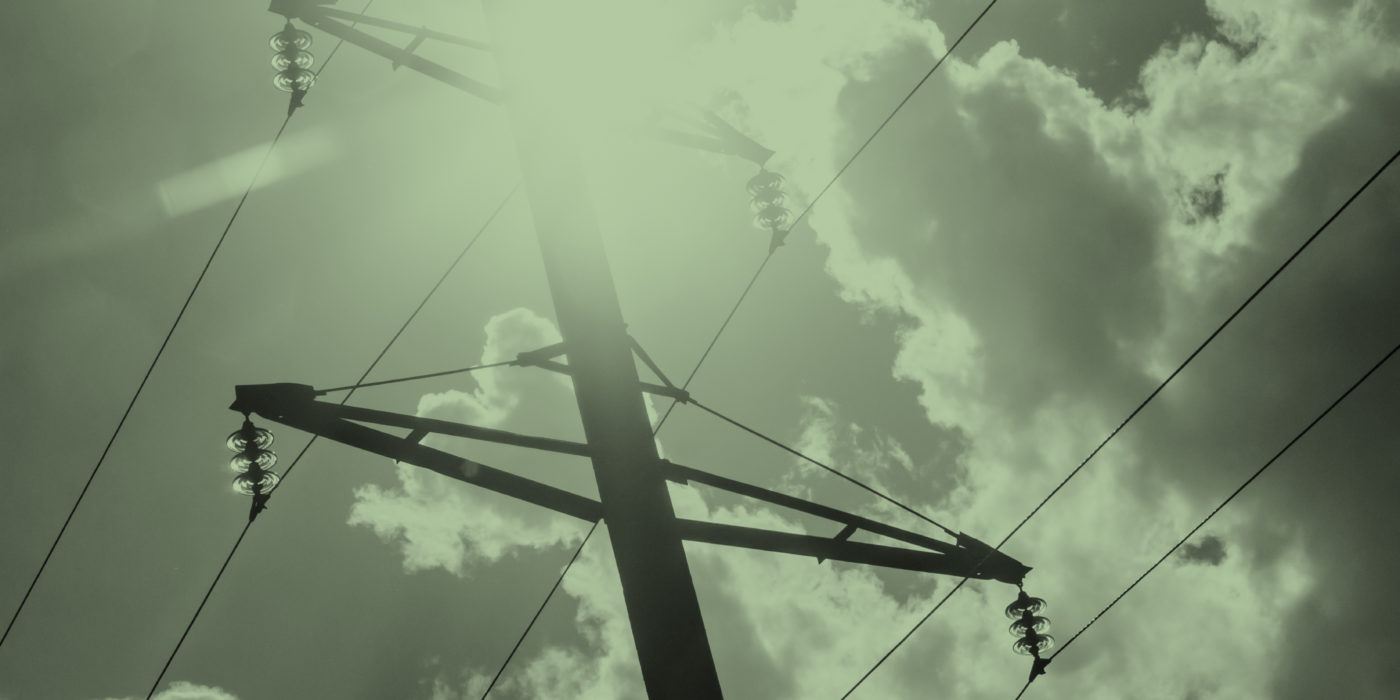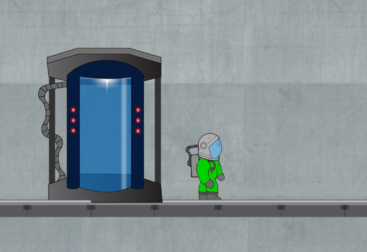Spring 2021
Course: Design 9 – Specialization Project
In collaboration with: eSmart Systems

The increasing demand for power, combined with an ongoing digitalization of the power grid, makes the task of delivering continuous power to all customers a demanding and safety-critical task. Current management tools show signs of technology driven design, and with an increasing amount of data, the workload and tasks for operators are becoming even more complex.
In this project it was explored how Situation Awareness Oriented Design could help operators in a power grid operation center to make the right decisions in order to achieve their overall goal.

Situation Awareness Oriented Design (SAOD) was the essential starting point in order to create a concept that increases the operator’s situational awareness, with the aim of reducing human failure.

A literature review and interviews with seven power grid operators were conducted, in order to do a Goal-Directed Task Analysis (GDTA) to understand the operators goals and needs. After gaining useful insights through these interviews and the analysis, personas were created to exemplify an operator in an operations center.
Further, a brainstorming process led to a suggested idea and concept. A concept map was then useful to connect ideas and information about the domain. The concept was then outlined in a simple prototype for user testing for a proof of concept exercise.
SUGGESTED CONCEPT
Despite differences in size, location and topology, it was found that the grid companies had common challenges. Among these were:
• Too many different systems that don’t communicate with each other.
• When a power outage occurs, it is not always clear what the cause is.
• The operators’ own experience of previous incidents influence assumptions about the cause of outages.
The proposed idea is to:
Include inspection data and historical incident data in a map view to see if this can increase the operator’s situation awareness, and aid them in:
•Predicting and preventing outages.
•Faster determining and locating the causes of outages.


PROOF OF CONCEPT
The visualization of the concept was tested on an emergency manager and a leader at an operation centre, both with long experience within power grid operations. A third user test was done with an employee from eSmart Systems. The general consensus from the user tests was that the concept was valuable, both in terms of seeing information about serious deviations, and also in terms of taking historical incidents into account when power outages do occur.

“When I see this heat map, I instantly think of a line between *Location 1* and *Location 2* where we often experience tree over line issues. This information would definitely help us locating causes earlier, and be less dependent on the operators experience.” – Team leader operation center




